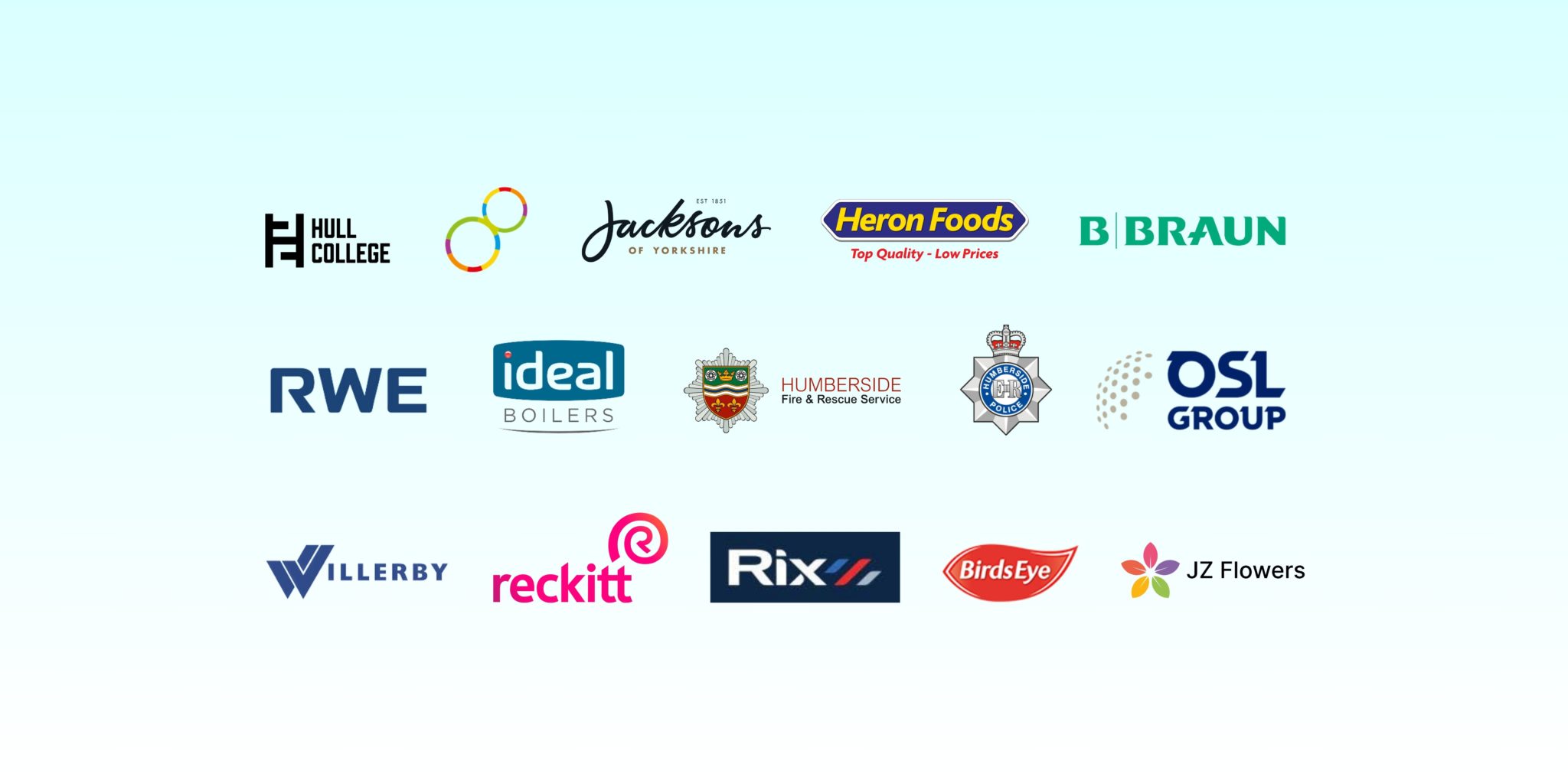
Ensuring a safe and healthy workplace is not just a legal obligation but a crucial investment in your workforce’s wellbeing. The Health and Safety Executive (HSE) provides clear guidelines to help employers meet their responsibilities in protecting employees from workplace hazards. Occupational health services play a key role in ensuring compliance, mitigating risks, and fostering a productive work environment.
If you are wondering whether your business needs occupational health services, this article will outline key areas where occupational health is vital and explain how following HSE guidance can prevent workplace injuries and long-term health issues.
Noisy Environments & Audiometry Testing
Exposure to high noise levels in workplaces such as manufacturing, construction, and engineering can cause long-term hearing damage. The HSE mandates that employers must carry out risk assessments for noise exposure and implement controls to reduce the risk of hearing loss.
Key Employer Responsibilities
Conduct a noise risk assessment to identify employees at risk.
Implement control measures such as noise barriers, PPE (ear protection), and equipment maintenance.
Provide annual audiometric testing for employees exposed to noise levels.
Regular hearing tests ensure early detection of hearing loss and allow businesses to take preventative measures before permanent damage occurs.
Skin Disease Prevention & Skin Surveillance
Occupations that involve regular exposure to hazardous chemicals, irritants, or prolonged wet work can lead to occupational dermatitis and other skin conditions. Industries such as cleaning, healthcare, and construction are particularly high risk.
Employer Responsibilities
Conduct a skin risk assessment to identify potential hazards.
Implement control measures such as PPE, training, and hygiene facilities.
Provide regular skin health surveillance for employees working with hazardous substances.
Early detection of skin conditions through testing allows businesses to prevent long-term health issues and reduce absenteeism caused by occupational skin diseases.

Hand-Arm Vibration Syndrome (HAVS) Testing
Prolonged use of vibrating tools such as drills, grinders, and chainsaws can lead to Hand-Arm Vibration Syndrome (HAVS). This debilitating condition can cause numbness, tingling, and even permanent damage to fingers and hands.
HSE Guidelines for Employers:
Carry out a HAVS risk assessment to evaluate exposure levels.
Reduce exposure through tool selection, maintenance, and work rotation.
Provide regular HAVS testing for employees who use vibrating tools.
Employers must ensure they monitor employees at risk to comply with HSE regulations and prevent long-term disability claims.
Vision Testing for Critical Roles
For employees working in roles where eyesight is crucial—such as machine operators, drivers, and precision engineers—regular vision testing is essential.
Employer Responsibilities:
Conduct a vision risk assessment for employees in high-risk roles.
Provide regular eyesight tests to detect changes early.
Implement workplace adjustments where necessary (e.g., improved lighting or prescription safety glasses).
By ensuring employees have optimal vision, businesses can reduce workplace accidents and enhance overall safety.
Working at Height & Safety Compliance
Falls from height are among the leading causes of workplace fatalities. Employers must adhere to The Work at Height Regulations 2005 ensuring that employees working at height are protected.
Employer Responsibilities:
Conduct a risk assessment before any work at height.
Provide appropriate fall protection systems (e.g., harnesses, guardrails, and scaffolding).
Ensure all employees undergo safety training before working at height.
Regular assessments and training help reduce the risks of falls and ensure compliance with HSE regulations.
Driver Medicals for Company Vehicle Operators
Employees who drive company vehicles—whether for logistics, deliveries, or on-site operations—must be medically fit to drive safely.
Employer Responsibilities:
Conduct driver medical assessments to ensure fitness to drive.
Implement substance abuse screening where necessary.
Encourage regular health checks to prevent fatigue-related accidents.
Ensuring that drivers are medically fit to operate company vehicles reduces accident risks and helps businesses comply with HSE driving at work regulations.
How Flex Health Can Support Your Business
At Flex Health, we understand the importance of reliable, high-quality occupational health services. We work nationally with businesses of all sizes, providing a flexible approach that integrates seamlessly with HR and health & safety teams.
Why Choose Flex Health?
Nationwide Coverage: We support businesses across the UK.
Free Consultation: We assess your needs and recommend the right services.
Comprehensive Testing: From hearing and vision tests to HAVS and skin surveillance.
Fast Turnaround: Quick results for health surveillance and management referrals.
Pre-Employment & Drug Testing: Ensuring compliance from day one.
We offer an “in-house” feel to occupational health, working closely with your health and safety managers to provide tailored solutions that align with your workplace’s specific risks.
Get in Touch Today
If you need occupational health support or are unsure of your compliance obligations, contact Flex Health today for a free consultation. Our team will guide you through the services you need to protect your workforce and meet HSE regulations.
Invest in occupational health today—protect your employees, improve workplace safety, and ensure full compliance with HSE guidelines.
